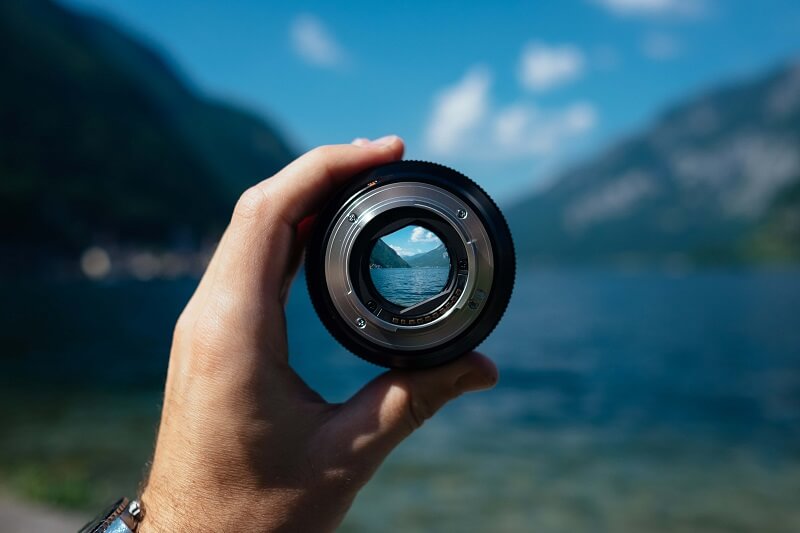Documenting culture through photography serves as a powerful tool for preserving and celebrating the rich diversity of human experiences and traditions. Photographs capture moments in time, providing a visual record of cultural practices, rituals, and traditions that may otherwise be lost or forgotten. From vibrant festivals and ceremonies to everyday life in different communities, photography offers a unique glimpse into the essence of a culture, allowing viewers to connect with people and places around the world. Through the lens of a camera, photographers can capture the nuances of language, customs, clothing, and architecture that define a culture’s identity and heritage.
Preserving Traditions: Capturing Cultural Practices
Photography plays a crucial role in preserving traditional practices and rituals that are passed down through generations. By documenting cultural ceremonies, celebrations, and rites of passage, photographers help ensure that these traditions are remembered and valued by future generations. Photographs serve as a visual archive of cultural heritage, providing a window into the past and a source of inspiration for the future. Whether it’s a religious festival, a traditional dance performance, or a community gathering, photography allows us to witness and appreciate the beauty and significance of cultural practices around the world.
Cultural Diversity: Celebrating Differences
Photography celebrates the diversity of human cultures, highlighting the unique customs, beliefs, and lifestyles that make each community distinct. Through images of people, landscapes, and artifacts, photographers showcase the rich tapestry of human experiences and foster cross-cultural understanding and appreciation. By documenting cultural diversity, photographers challenge stereotypes, break down barriers, and promote tolerance and acceptance. Through their work, photographers serve as ambassadors of cultural exchange, bridging the gap between different societies and fostering a sense of global citizenship.
Social Commentary: Documenting Change and Continuity
Photography serves as a powerful tool for documenting social and cultural change over time. By capturing moments of transition, photographers shed light on the challenges and opportunities facing communities in an ever-changing world. From urbanization and globalization to environmental degradation and cultural assimilation, photographs provide a visual narrative of the forces shaping our societies and cultures. Through images of resilience, adaptation, and resistance, photographers document the resilience of cultures in the face of adversity and the enduring spirit of human creativity and ingenuity.
Ethical Considerations: Respect and Consent
While photography can be a powerful tool for cultural documentation, it’s essential for photographers to approach their subjects with respect, sensitivity, and ethical considerations. Photographers should seek informed consent from individuals before taking their picture and respect their wishes regarding how their image will be used. It’s crucial to avoid exoticizing or sensationalizing cultural practices and to portray communities authentically and respectfully. By building trust and rapport with their subjects, photographers can create meaningful and impactful images that honor and celebrate cultural diversity while upholding ethical standards.
Conclusion
In conclusion, photography serves as a vital tool for documenting culture, preserving traditions, celebrating diversity, and fostering cross-cultural understanding. Through images of cultural practices, rituals, and traditions, photographers provide a visual record of human experiences and heritage that enriches our collective understanding of the world. However, it’s essential for photographers to approach their work with respect, sensitivity, and ethical considerations, ensuring that they represent cultures authentically and respectfully. By documenting culture through photography, we can celebrate the beauty and complexity of human diversity and promote greater understanding and appreciation of our shared humanity.




